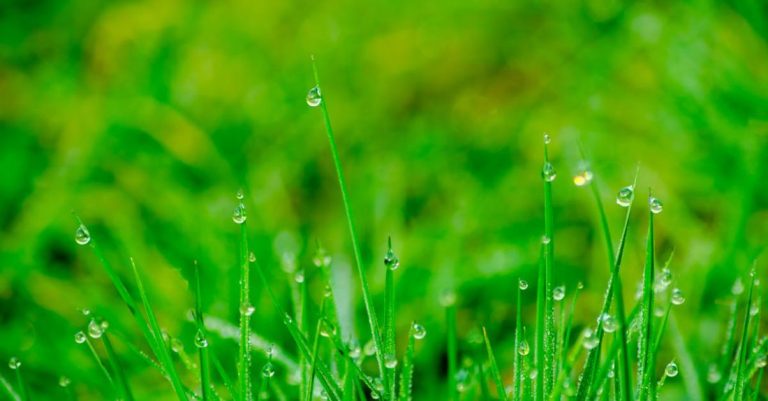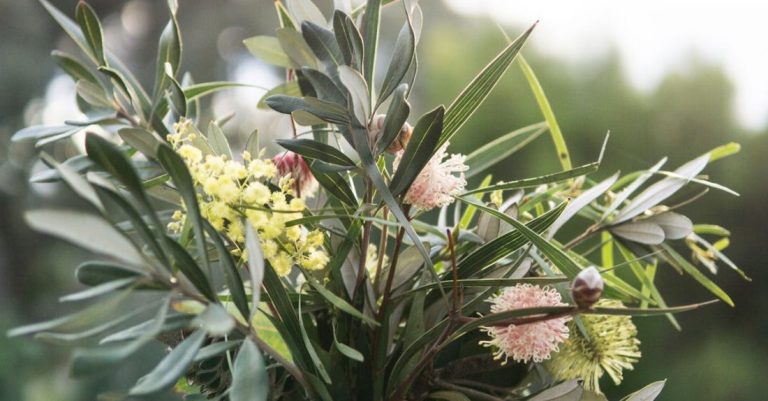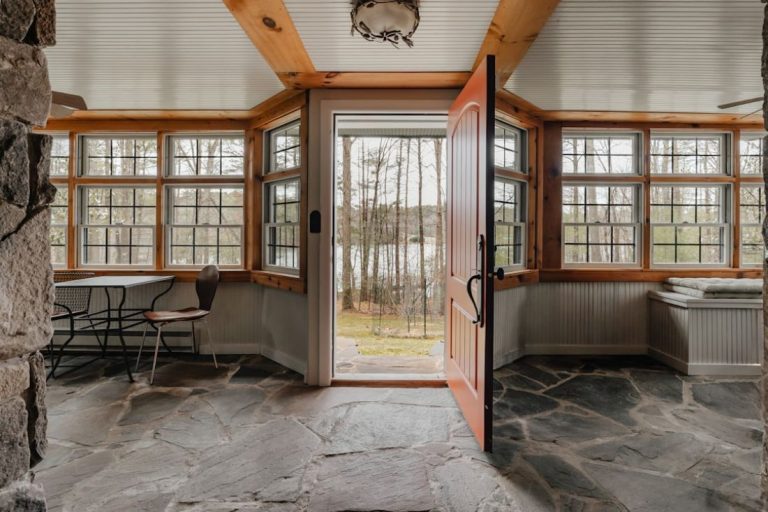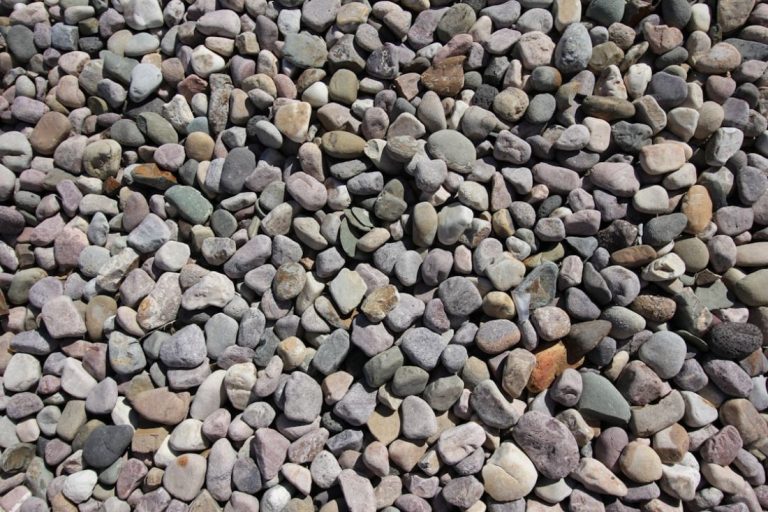
Droughts are becoming more prevalent in many regions around the world, making it essential for homeowners to consider creating a drought-tolerant landscape. By incorporating water-wise practices and plants into your outdoor space, you can conserve water, reduce maintenance, and still enjoy a beautiful and thriving garden. In this article, we will explore effective strategies for designing and maintaining a drought-tolerant landscape that is both sustainable and visually appealing.
Choose the Right Plants
Selecting the right plants is crucial when creating a drought-tolerant landscape. Opt for native or drought-resistant plants that are well-adapted to your region’s climate and soil conditions. These plants require less water and maintenance, making them ideal for a water-wise garden. Some popular choices include succulents, lavender, yuccas, and ornamental grasses. These plants not only survive in dry conditions but also add texture, color, and interest to your landscape.
Group Plants with Similar Water Needs
To maximize water efficiency in your landscape, group plants with similar water requirements together. This practice, known as hydrozoning, allows you to water different areas of your garden according to the needs of the plants, rather than applying a one-size-fits-all approach. By grouping plants with similar water needs, you can avoid overwatering some species while underwatering others, promoting healthier growth and conserving water in the long run.
Implement Efficient Irrigation Systems
Efficient irrigation is key to maintaining a drought-tolerant landscape. Consider installing drip irrigation or soaker hoses to deliver water directly to the root zones of plants, minimizing water waste through evaporation and runoff. These systems provide a slow, steady flow of water, ensuring that plants receive the moisture they need without excess. Additionally, using a timer or smart irrigation controller can help you adjust watering schedules based on weather conditions, further optimizing water usage in your landscape.
Mulch for Water Retention
Mulching is a simple yet effective way to conserve moisture in the soil and reduce water evaporation. Apply a layer of organic mulch, such as wood chips, bark, or compost, around your plants to help retain soil moisture, regulate temperature, and suppress weed growth. Mulching also improves soil structure and fertility over time, creating a healthy environment for your plants to thrive in despite dry conditions. Remember to replenish mulch regularly to maintain its effectiveness in conserving water.
Practice Sustainable Maintenance Techniques
In a drought-tolerant landscape, it is essential to adopt sustainable maintenance practices that promote water conservation and long-term plant health. Consider reducing lawn areas, as grass requires frequent watering and mowing, and replace them with low-maintenance alternatives like ground covers or gravel. Regularly check for leaks in irrigation systems, adjust watering schedules seasonally, and monitor plant health to address any issues promptly. By practicing sustainable maintenance techniques, you can create a resilient landscape that thrives with minimal water input.
Embrace Hardscaping and Design Elements
Incorporating hardscaping elements, such as pathways, patios, and rock gardens, can enhance the beauty and functionality of your drought-tolerant landscape while reducing the need for water-intensive plants. Hardscaping provides structure, texture, and visual interest to your outdoor space, complementing the natural beauty of drought-resistant plants. Consider using permeable materials for hardscaping to allow water to penetrate the soil and reduce runoff. Additionally, strategic placement of design elements, such as focal points, seating areas, and decorative accents, can create a visually appealing and cohesive landscape that requires minimal water input.
Maintain a Drought-tolerant Landscape with Care
Creating a drought-tolerant landscape requires thoughtful planning, proper plant selection, and sustainable maintenance practices. By choosing the right plants, grouping them based on water needs, implementing efficient irrigation systems, mulching for water retention, practicing sustainable maintenance techniques, and incorporating hardscaping and design elements, you can design a beautiful and resilient outdoor space that thrives in dry conditions. With a focus on water-wise practices and conservation, you can enjoy a low-maintenance landscape that not only saves water but also enhances the beauty of your home and benefits the environment.





